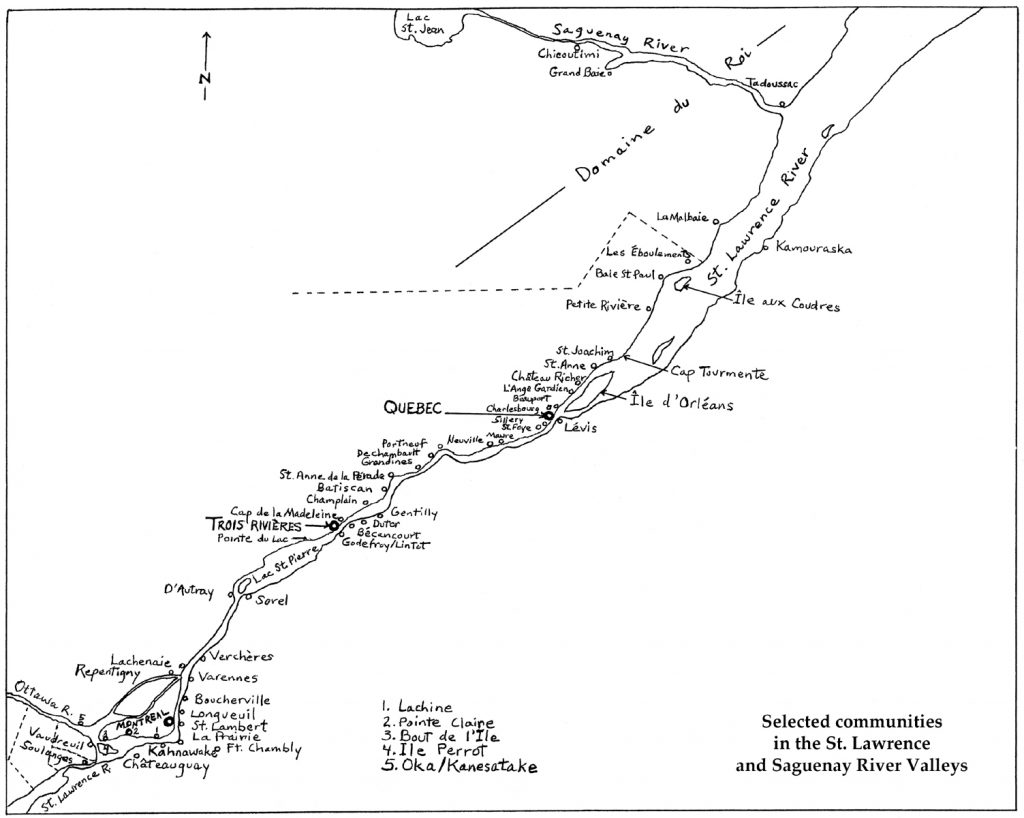
Front Endsheet of Volume Two

Front Endsheet of Volume Two
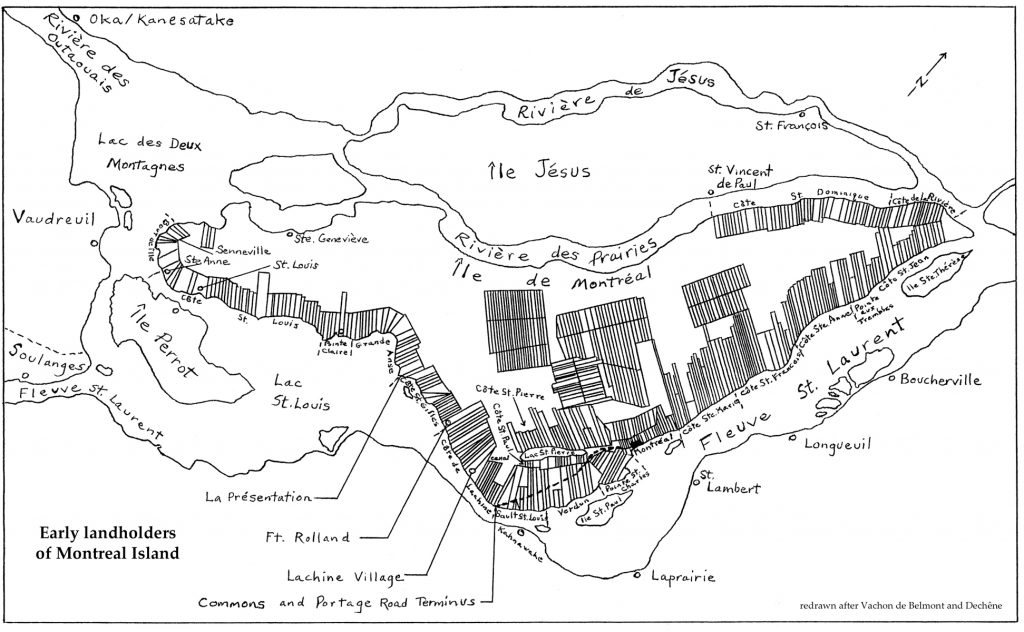
Back Endsheet of Volume Two
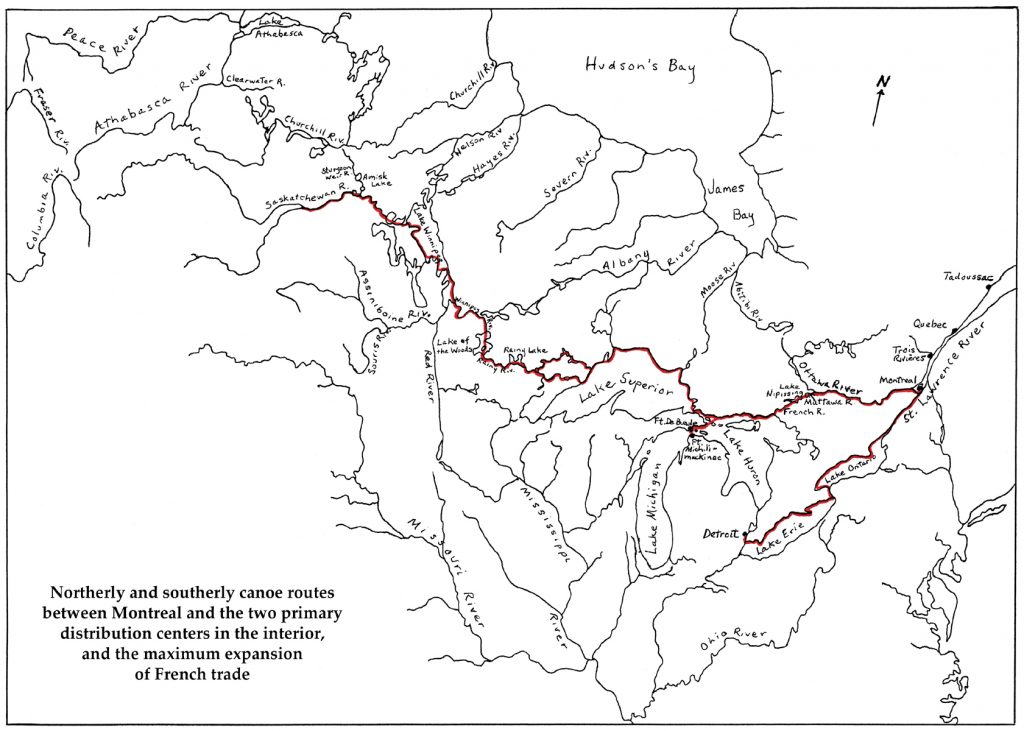
Front Endsheet of Volume Three
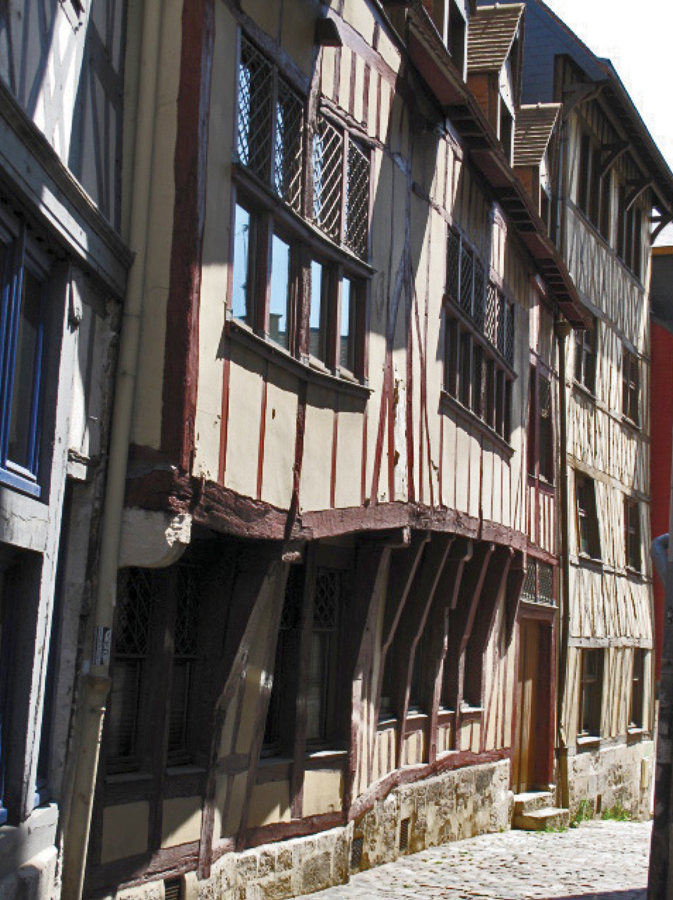
Figure 8. Rouen: Street scene with half-timbered homes and shops.
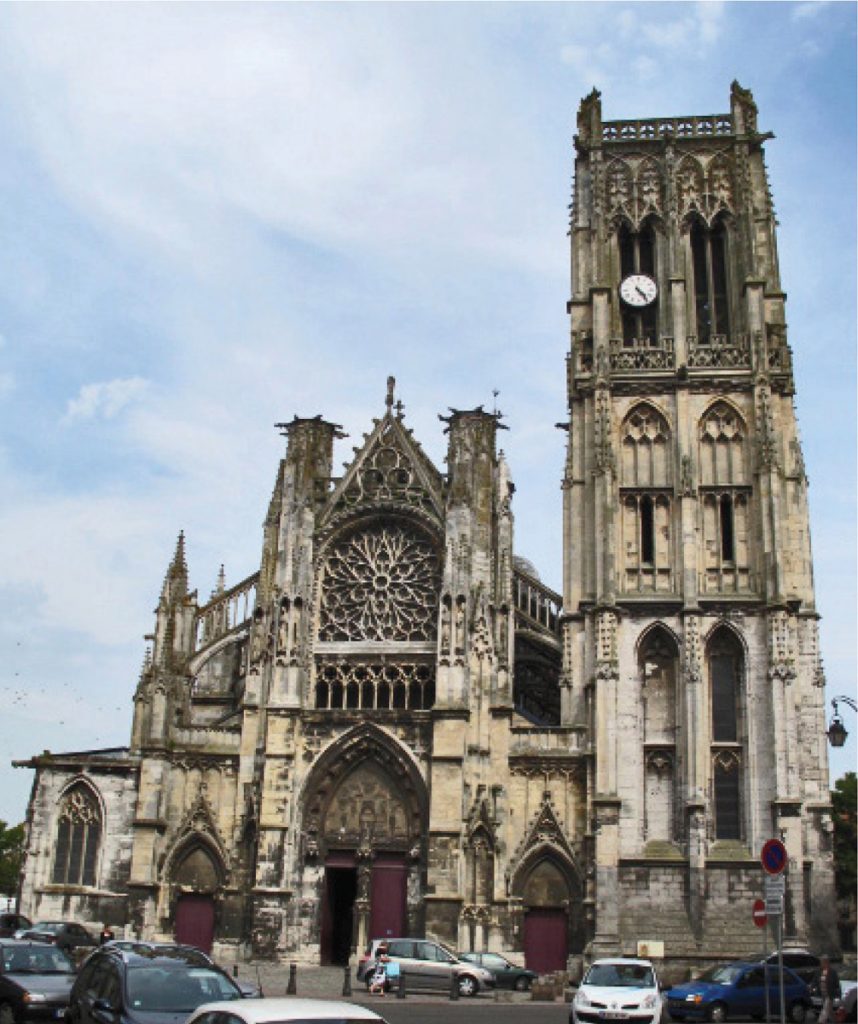
Figure 9. Dieppe: St. Jacques church, rebuilt in 1200s to the end of 1300s, including facade door from 14th century; bell tower added in 15th century.
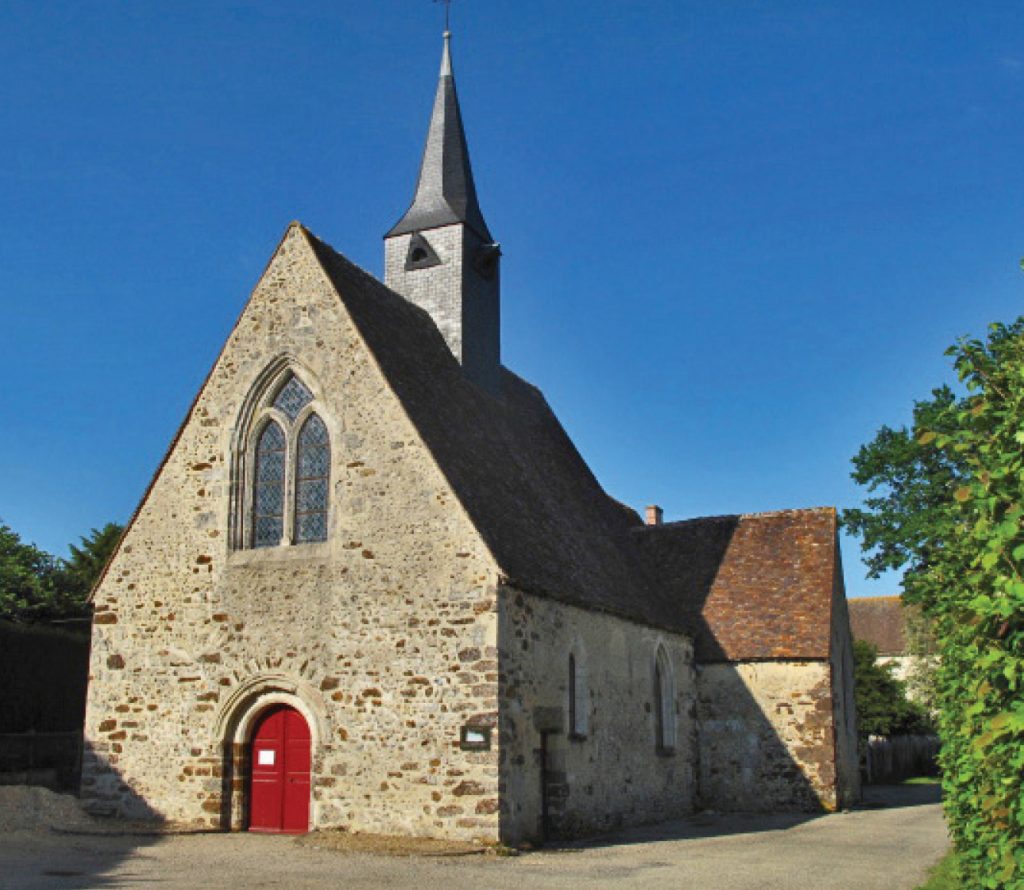
Figure 20. La Ventrouze: St. Madeleine church, built in late 1400s to early 1500s.
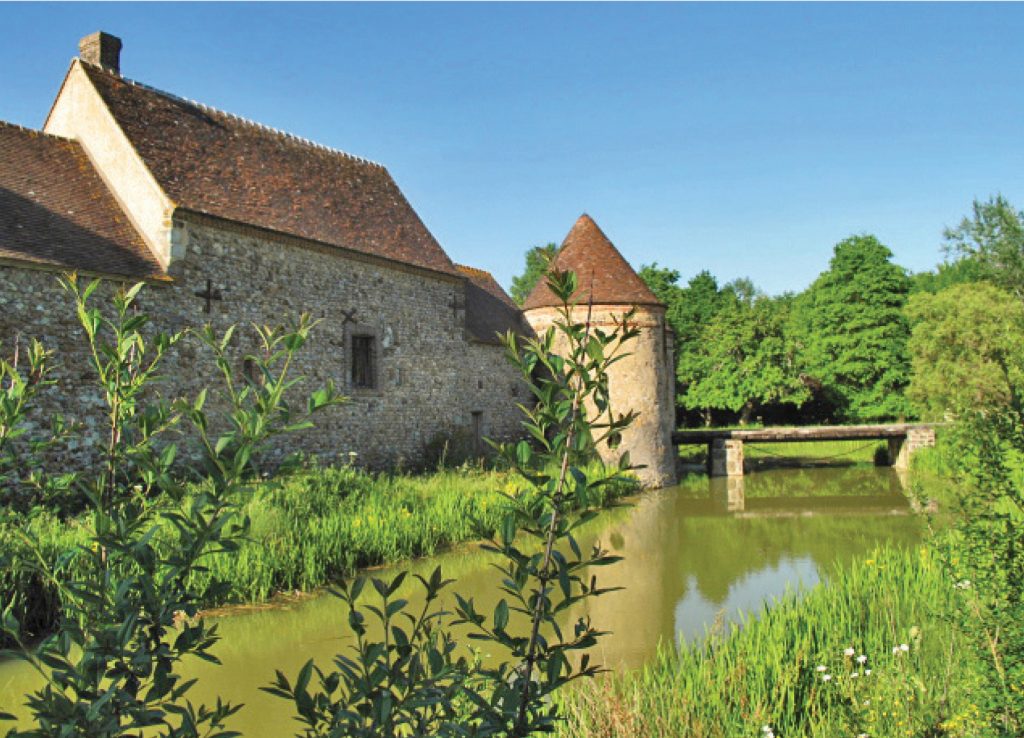
Figure 21. La Ventrouze: Moated seigneurial manor built in 15th and 16th centuries, with its gate flanked by two round towers. Situated between Normandy and Perche, this was one of the principal seigneuries of the Perche region.
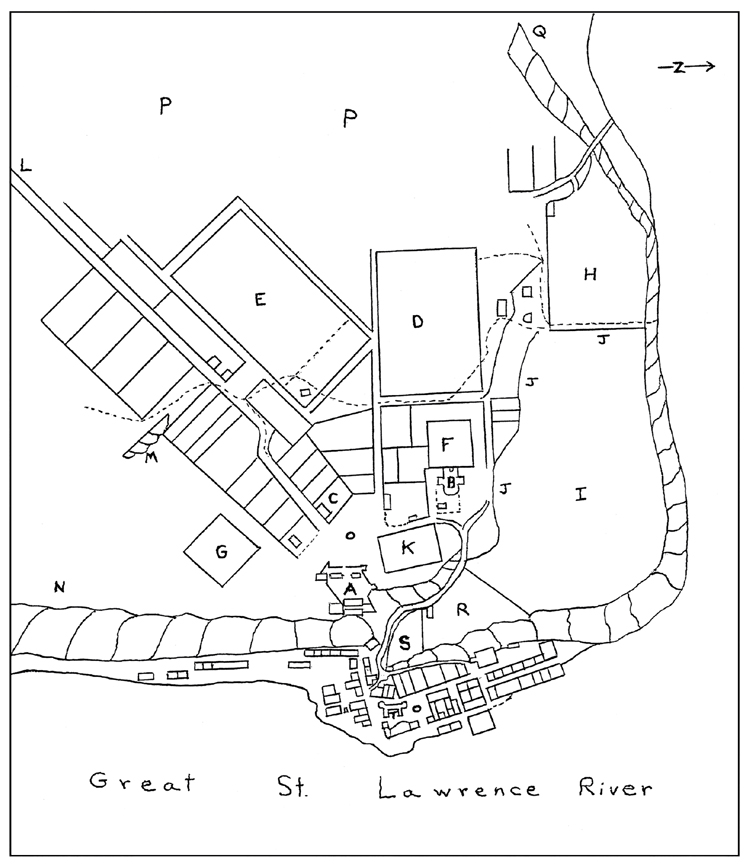
Figure 72. True plan of the Upper and Lower Town of Quebec, as it is in the year 1660 (by Jean Bourdon); redrawn after Bourdon. A. Ft. St. Louis, B. Great Church, C. Palace of the Seneschal, D. the Reverend Jesuit Fathers, E. Ursulines, F. Grand Place, G. Garden of the Fort, H. Hospital, I. the Sieur (Guillaume) Couillard, J-J-J. Hill of the Sieur Couillard, K. Fort of the Hurons, I. Great Road to Cap Rouge, M. Mount Carmel, N. Windmill, O-O. Place D’Armes, P-P. Workable forest, Q. Ste. Genevieve Hill, R. (Denis Joseph Ruette) the Sieur Dauteuil, S. Cemetery, T. Storehouse. Note brook shown flowing across entire Upper Town area.)
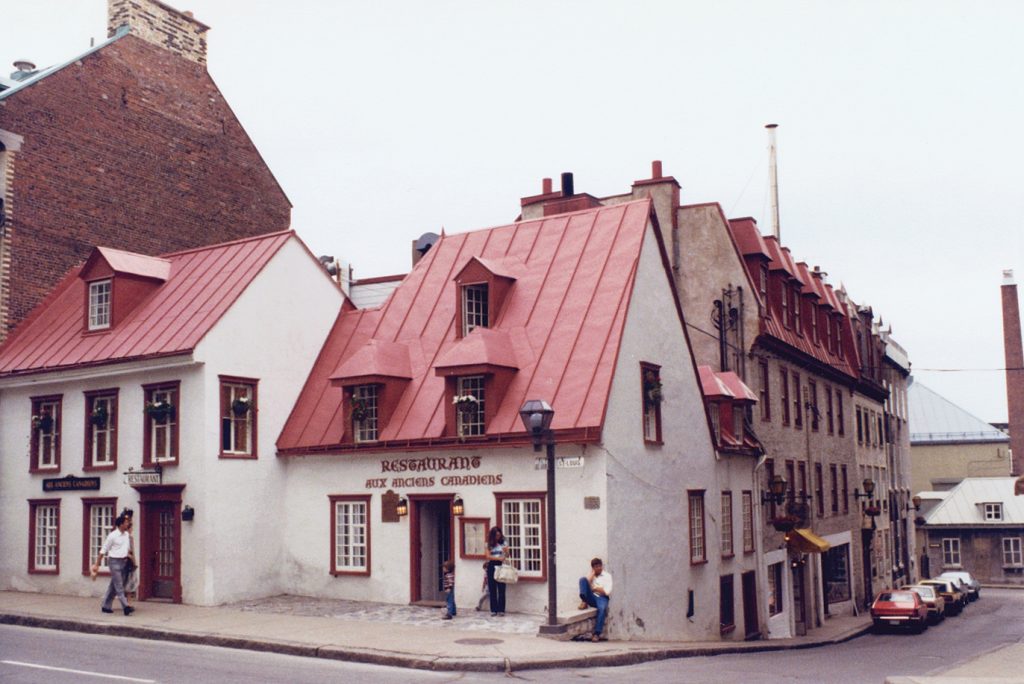
Figure 80. Quebec. Upper Town: Street scene including Jacquet House built on the corner in 1675, one of the oldest surviving buildings in New France.
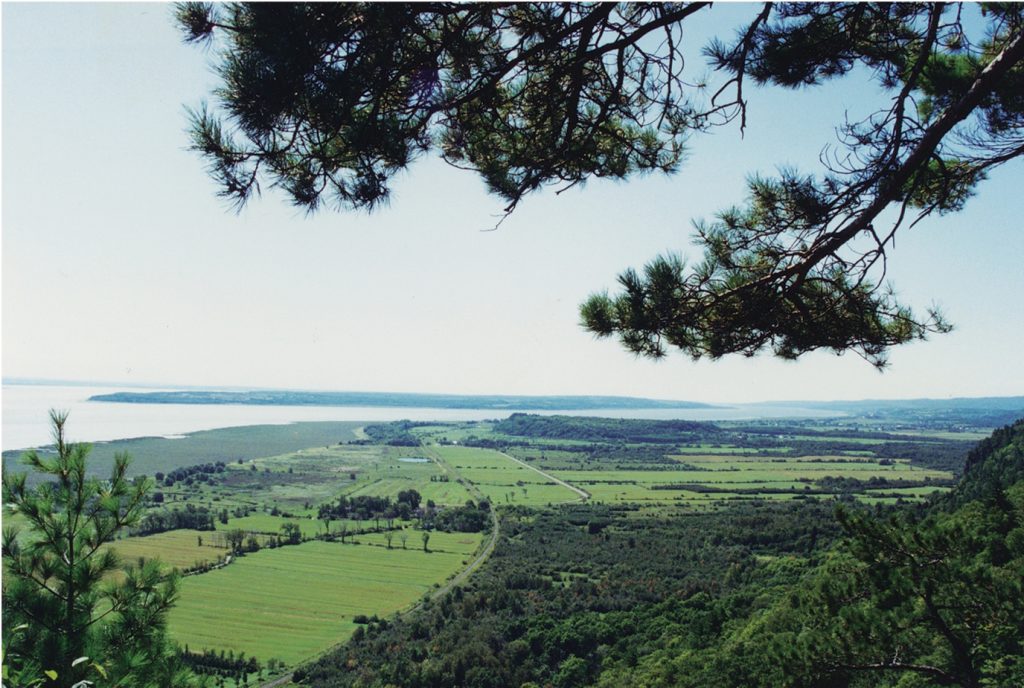
Figure 81. Southwesterly view from Cap Tourmente, showing entire St. Lawrence coastline of Cote de Beaupre (with its exposed tidal flats) extending off toward Quebec in the distance, with Ile d’Orleans lying offshore. Original alignment of long slender lots is still visible via the hedgerows and fence lines.
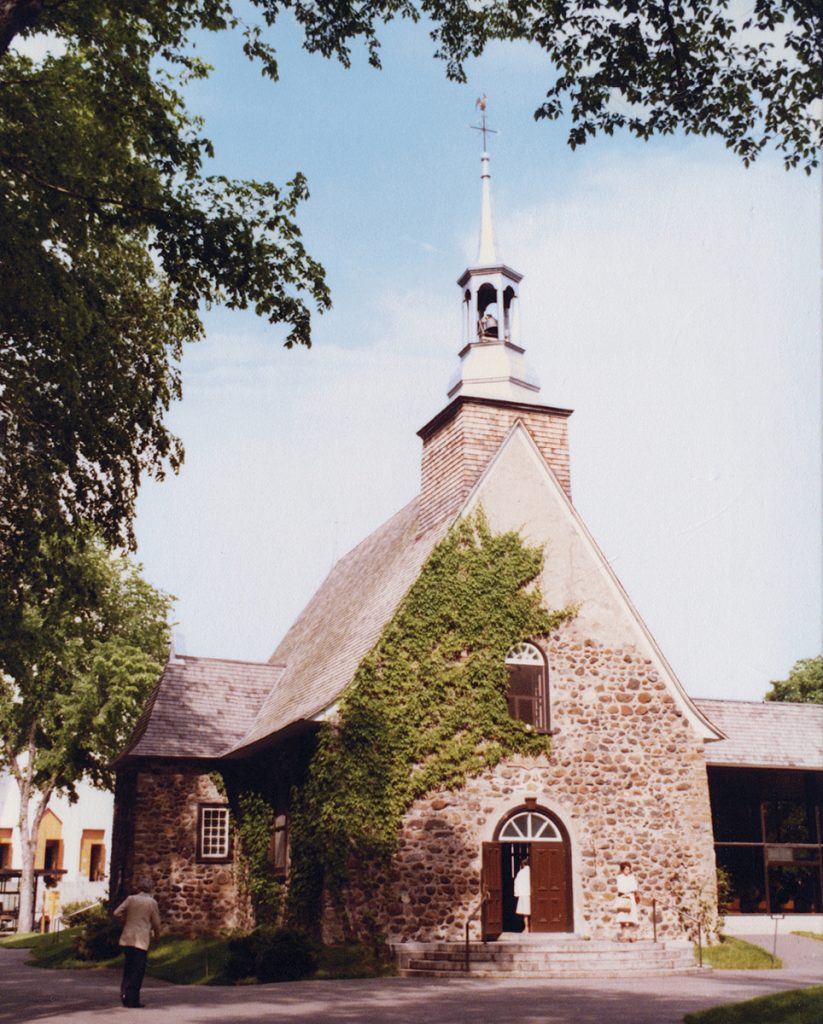
Figure 93. Cap de la Madeleine: Notre Dame du Cap church, built of stone in 1714, the oldest surviving church in Canada which is still in its original form.
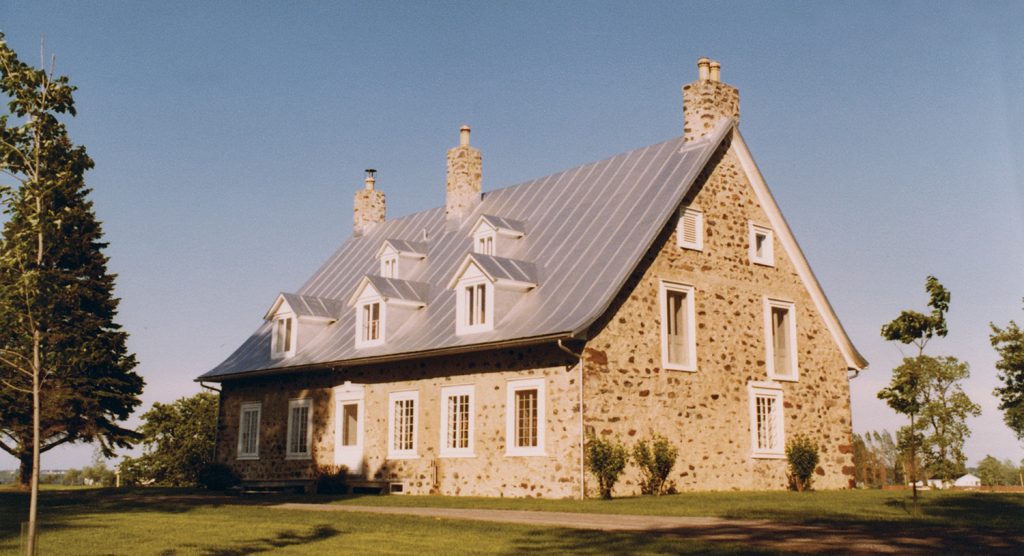
Figure 94. Batiscan: Presbytery of St. Francois Xavier parish, built of stone in 1696.
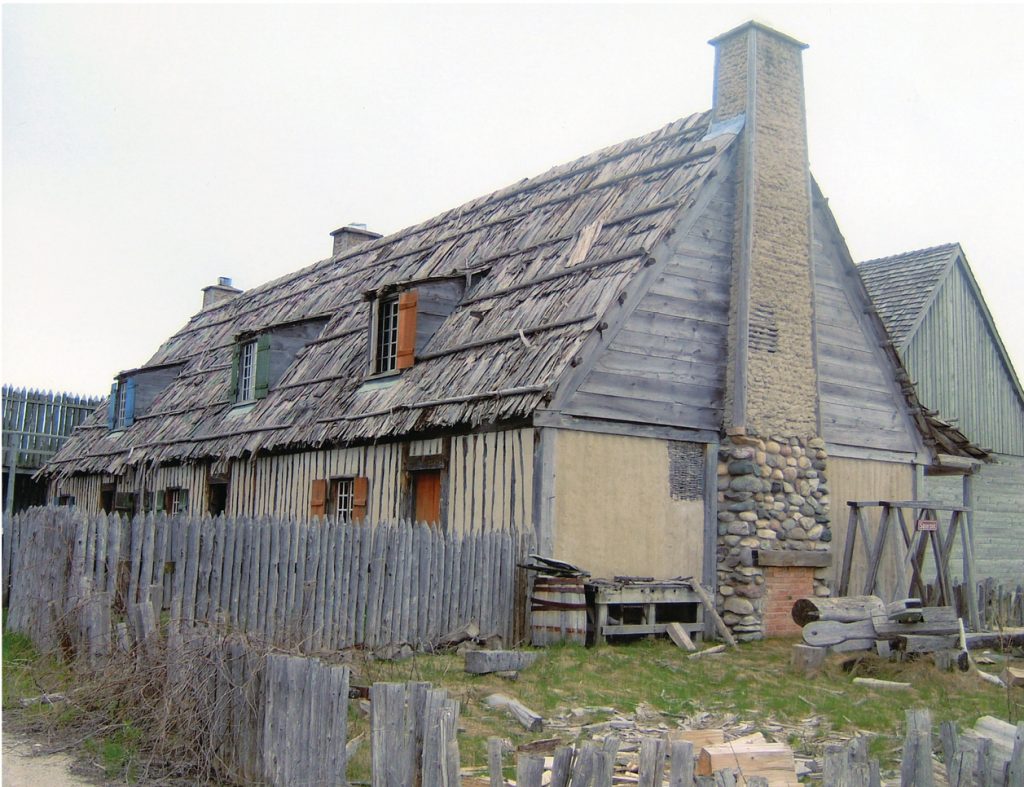
Figure 118. Reconstructed southwest rowhouse of Ft. Michilimackinac. Built with walls of upright round posts set into the ground adjacent to each other and chinked with clay, the triple house of low quality is roofed with panels of bark. These panels are held in place with horizontal saplings which are nailed through the bark into the rafters. The lower portion of the chimney is constructed of stones and mortar, while the section above the main wall is made of wattle and daub, a framework of posts and interwoven saplings plastered with clay.
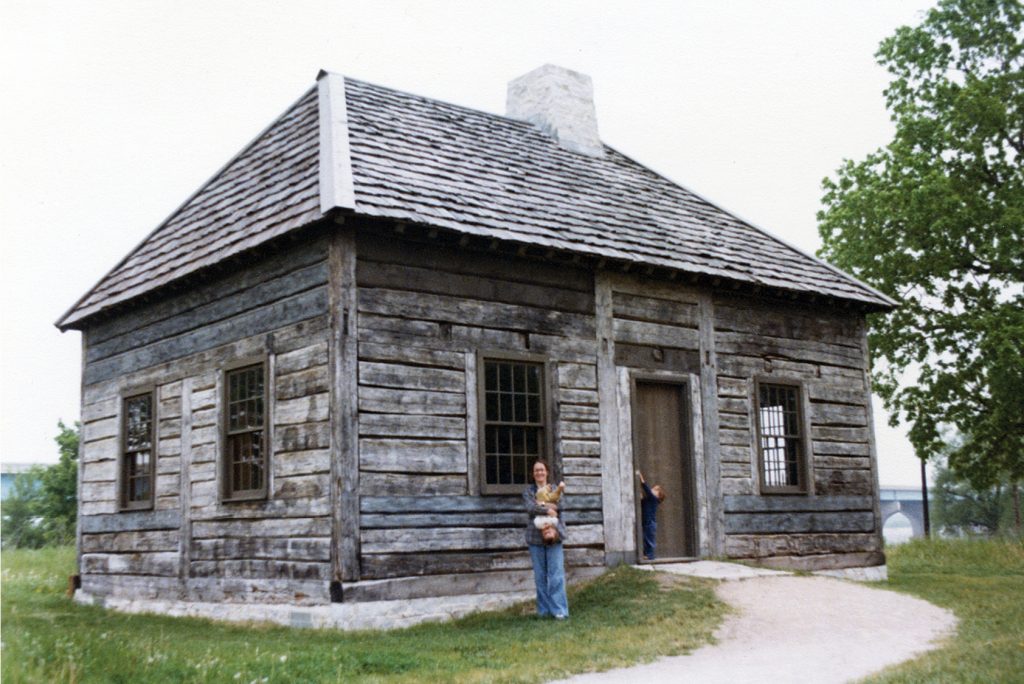
Figure 121. Original pièce-sur-pièce trader’s home from Wisconsin, dating from the 1790s, moved from its original location to Heritage Hill in Green Bay. This example represents the truest form of this construction method, with vertical framing timbers standing at widely spaced intervals in each of the walls and at each of the corners. The tenoned ends of the horizontal infill timbers were slid into mortised slots running along both sides of the vertical framing elements. In this version of the highest quality, all timbers were hewn square before installation, thus requiring only minimal chinking with moss and clay. In colombage or half-timbered construction, the vertical framing elements were spaced much closer together, and the spaces between the timbers were infilled with such materials as stones, bricks, rubble, interwoven saplings, and clay.
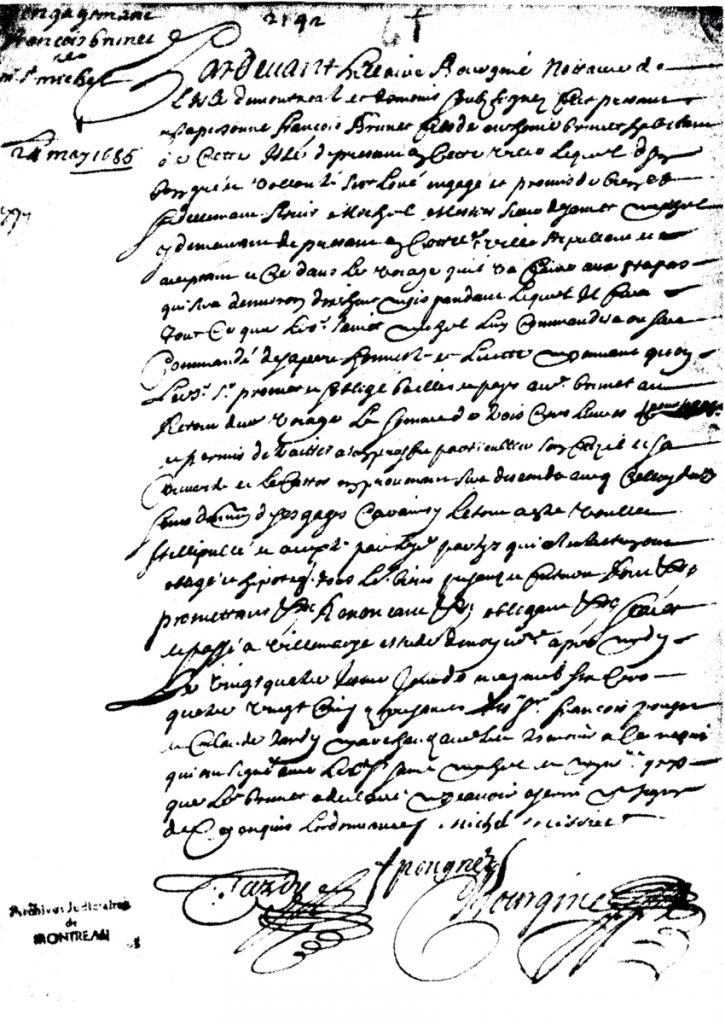
Figure 127. 1685 hiring contract of the voyageur-trader Francois Brunet dit Le Bourbonnais, Sr., engaging him to work for Michael Messier, Sieur de Saint Michel in the Ottawa Country. After the system of trade licenses had been officially inaugurated in 1682, this document was one of the very earliest known contracts of the fur trade employment to be recorded. (Courtesy of Archives Nationales du Quebec)
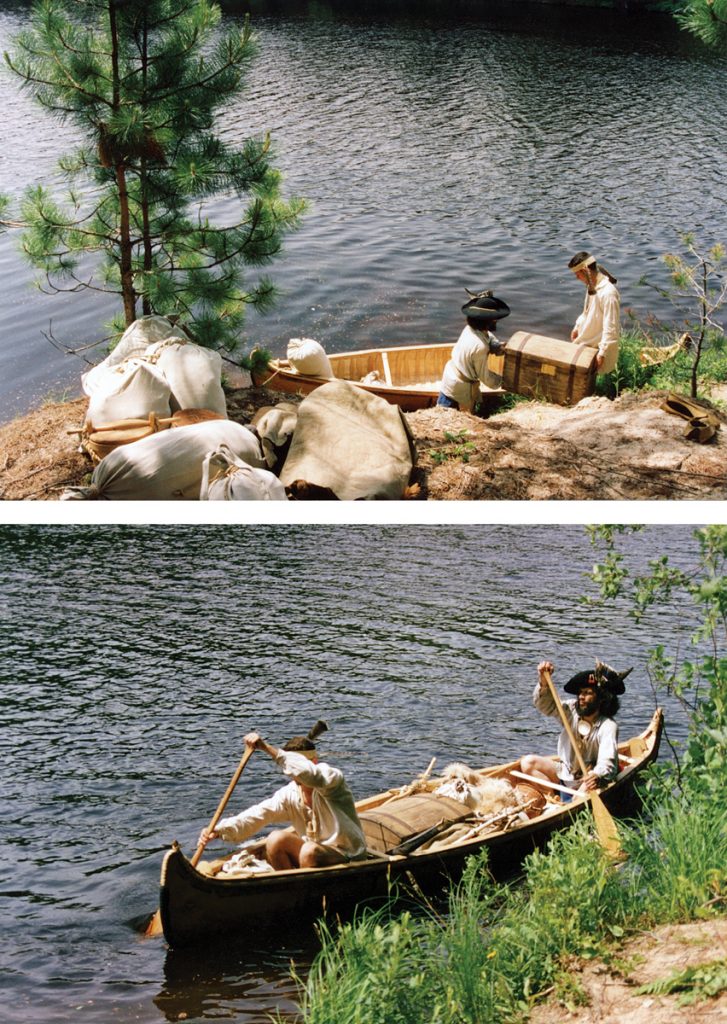
Figure 131. Traditional high-ended style of native birchbark canoe of the Great Lakes region, being loaded offshore and paddled by the author and his son Ben. Large numbers of such craft, in a wide variety of sizes, were constructed by native and Metis craftworkers in the Mackinac Straits area, which served as a major distribution center for canoes, equipment, provisions, and trade goods during most of the fur trade era.
